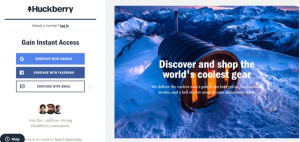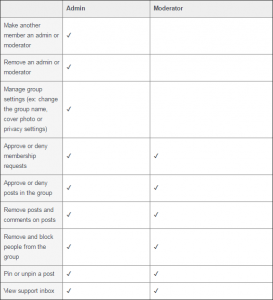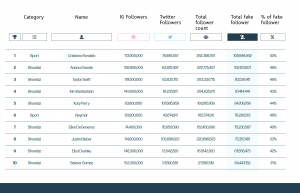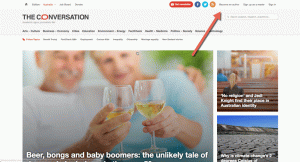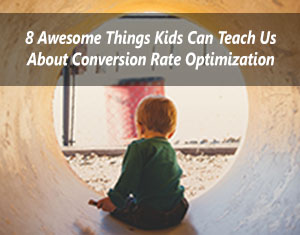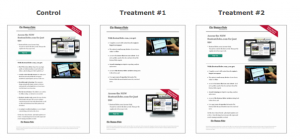
We are very excited about working with hyperlocal publishers and businesses – we know all about the “challenges” of hyperlocal and we’re experiencing many of them. One thing we notice is a lack of understanding of exactly how the leading players in the industry got to where they are. There is this impression of “overnight success” that some of these companies simply opened up shop, showed up, and instantly became a leader in their category.
Let’s quickly review the background on the history of Google, Starbucks and Yelp – and how long it took them to become “mainstream”.
Google – Larry Page and Sergey Brin started Google while students at Stanford University in 1996. The company was incorporated in 1998 and raised $ 100,000 from Andy Bechtolsheim, who was an early executive at Sun Microsystems a very big and popular IT company in the 1990’s. Google’s first search engine ran on server’s at Stanford until they were taking up too much bandwidth and they had to move them. Google tried to sell the company in its early days to Excite and Yahoo (the “leaders” in Search at the time) but the Excite CEO turned down a $ 750,000 acquisition that one of his board members negotiated with Google. Google offered to sell to Yahoo for $ 1,000,000 but was turned down by Yahoo as well. They raised their first round of venture capital in 1999 ($ 25M). Google went public in August 2004. One of the most successful companies of all time nearly sold for less than $ 1M a few years after they started.
At the time, nobody really understood the value of search on the Internet, and there wasn’t that much content online anyway so how valuable could it be? They were rejected by (at the time) the two giants of Internet search, Excite and Yahoo. Their rise was meteoric after they raised venture capital and also once they added the capability to add advertising to search results (something that Google’s two founders were strongly against).
[Bottom line: 8 years to success]
Starbucks – The irony of Starbucks is they were the ultimate hyperlocal business for a long time before they became one of the most iconic (and some would say loathed) brands in history. Starbucks started as a single individual coffee shop in Seattle, WA in 1971. They moved from their initial location on Western Avenue to Pike Place in Seattle in 1976. They did not start to expand beyond the initial store until the early 1980’s.
Their expansion started in earnest when a former employee, Howard Schultz, bought the chain from the original owners. By the time they went public in 1992, they had 140 locations across the US. Today, Starbucks has over 21,000 stores in 65 countries. There were several times during the course of Starbuck’s history that they lost money trying new things and were almost on the brink of disaster. But their strong customer ethos and ability to measure and manage feedback effectively won the day.
At the time, nobody thought coffee was important or valuable enough to have retail stores, and why would you pay a premium for coffee? Most people simply wouldn’t do it. Many people refused to fund Starbucks during their expansion given the risk. Of course, Starbucks helped to shepherd the coffee revolution and changed behaviors across the board.
[Bottom line: 21 years to success]
Yelp – Yelp was started in 2004 by two ex-Paypal employees. Jeremy Stoppleman, one of the founders, was looking for a good doctor but couldn’t get any online recommendations. They say the best startup ideas are to solve a problem that you have yourself, so Jeremy and co-founder Russel Simmons started working on solving the problem. Their first solution to the problem failed horribly. It was an email referral network and based solely in the San Francisco market. After a few false starts and a complete redesign of the site in late 2005, it started to build up traction. By 2007, they were still only in 12 cities.
In 2008 and then again in 2010 Yelp raised outside capital to grow faster. They started acquiring other companies – many of them covering markets outside the US – to increase their footprint. Yelp went public in 2012 and had its first profitable quarter in 2014. There is no doubt that Yelp is the market and mindshare leader in online customer reviews. The are also infamous and loathed by many small businesses for “hardball” tactics. A crowdfunding campaign earlier this year raised over $ 90,000 to finish a documentary on the company called “The Billion Dollar Bully”.
[Bottom line: 8 years to success]
Yelp is not nearly as successful as Google or Starbucks, but they have created significant value in the 11 years they have been in business, and the main point is that it took them years to find a model that worked for them. Some could claim they are still searching for a working model, but yet they continue to invest and compete in the market.
The theme is that these businesses went through many iterations and years of slow growth before hitting on something that went “viral” and accelerated their rapid growth. All we see today are large and successful companies, but it’s easy to forget that they were small and finding their way. The impression of being an overnight success is just that! What they all have in common is the tenacity and perseverance to believe in what they were doing enough to keep trying until they got it right.
(196)
Report Post
